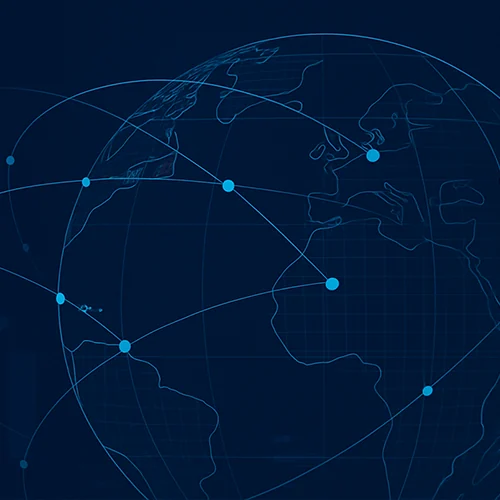Can you predict how your profitability will be impacted by new tariff policies? When you’re importing an entire part or product, it’s easy. The tariff is added directly to your current purchase price. But what if the part is already made in the USA? In that case, it may not be so straightforward. If the part is made in the USA, but it uses imported steel or aluminum, only the raw material cost will be impacted by the tariff.
Do you know how much raw material each of your products uses? Many original equipment manufacturers design products, but rely on suppliers with specific process expertise to manufacture the individual parts. So the OEMs DO NOT know how much raw material is used. For example, let’s say “OEM A” purchases this raw material, this aluminum part, from supplier “X” or “1571”.
The supplier may have to import the aluminum to be able to fulfill all their orders on time, especially if many companies start reshoring parts, there may not be enough aluminum (manufactured in the US) available at the exact time that the supplier needs it to fill their orders. So they may still import it. So how would that impact my “1571” purchase price?
Manufacturing simulation software will simulate the entire manufacturing process, enabling you to drill-down into the amount of raw material and raw material cost per part. For example, this part would be nested on a sheet, and so a manufacturing simulation software will simulate the nesting, and calculate exactly how much raw material is used per part, and we’ll even have the cost per kilogram of the raw material itself.
So you can get an estimate that you’ve got $11.09 in material cost. So if the tariff on aluminum is 25%, then the new material cost would be $1109 times 1.25. That’s $1386.
Manufacturing simulation software estimates the entire manufacturing cycle time, as well as the specific machines that are needed, and the labor rate in overhead rates of those machines. To estimate the entire manufacturing cost.
So accounting for the increased cost of the raw material due to the tariff and material overhead that the supplier will incur — and margin that they need to charge to be profitable — our estimated new cost is $1932, which is an 18% increase from our original cost of $1571. And you can do this at scale for many parts. So you can look at the ratio, the breakdown of material cost versus labor costs and other costs for many part numbers at a time.
You can also look at how much raw material, how many kilograms of certain materials per year do you use to understand your risk, if the cost of those materials go up due to tariffs. For more information about manufacturing simulation software, check out aPriori.com


